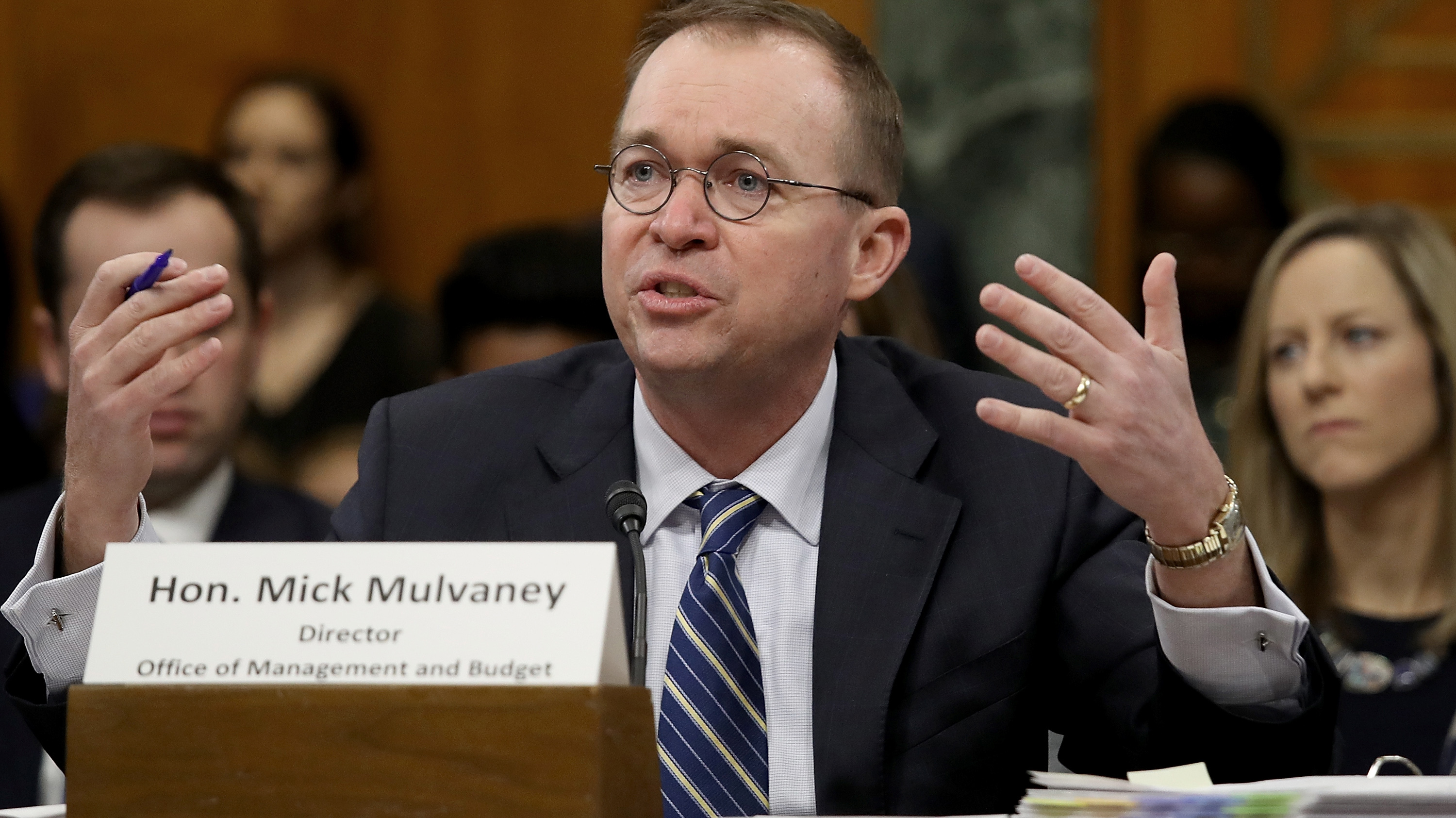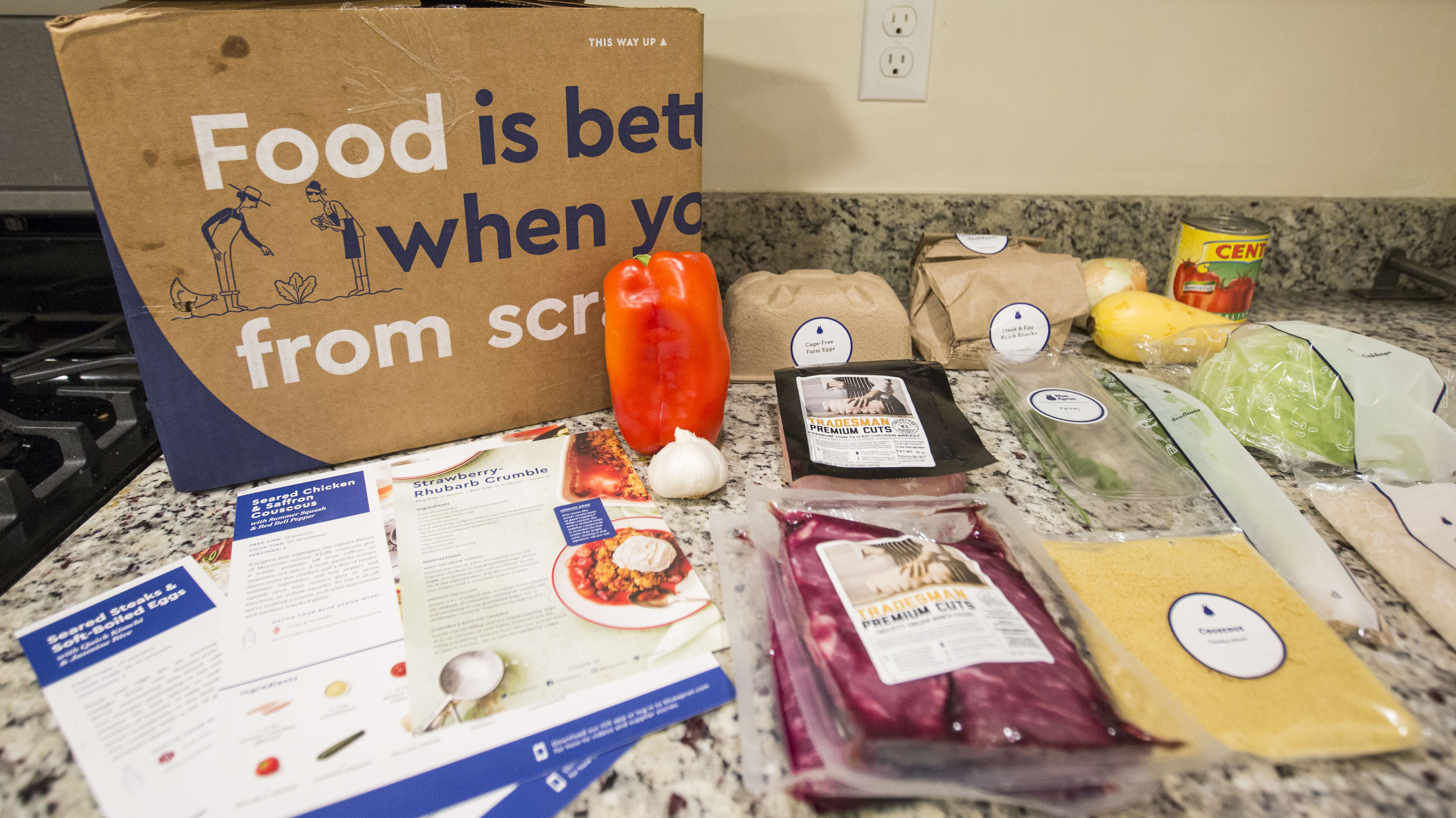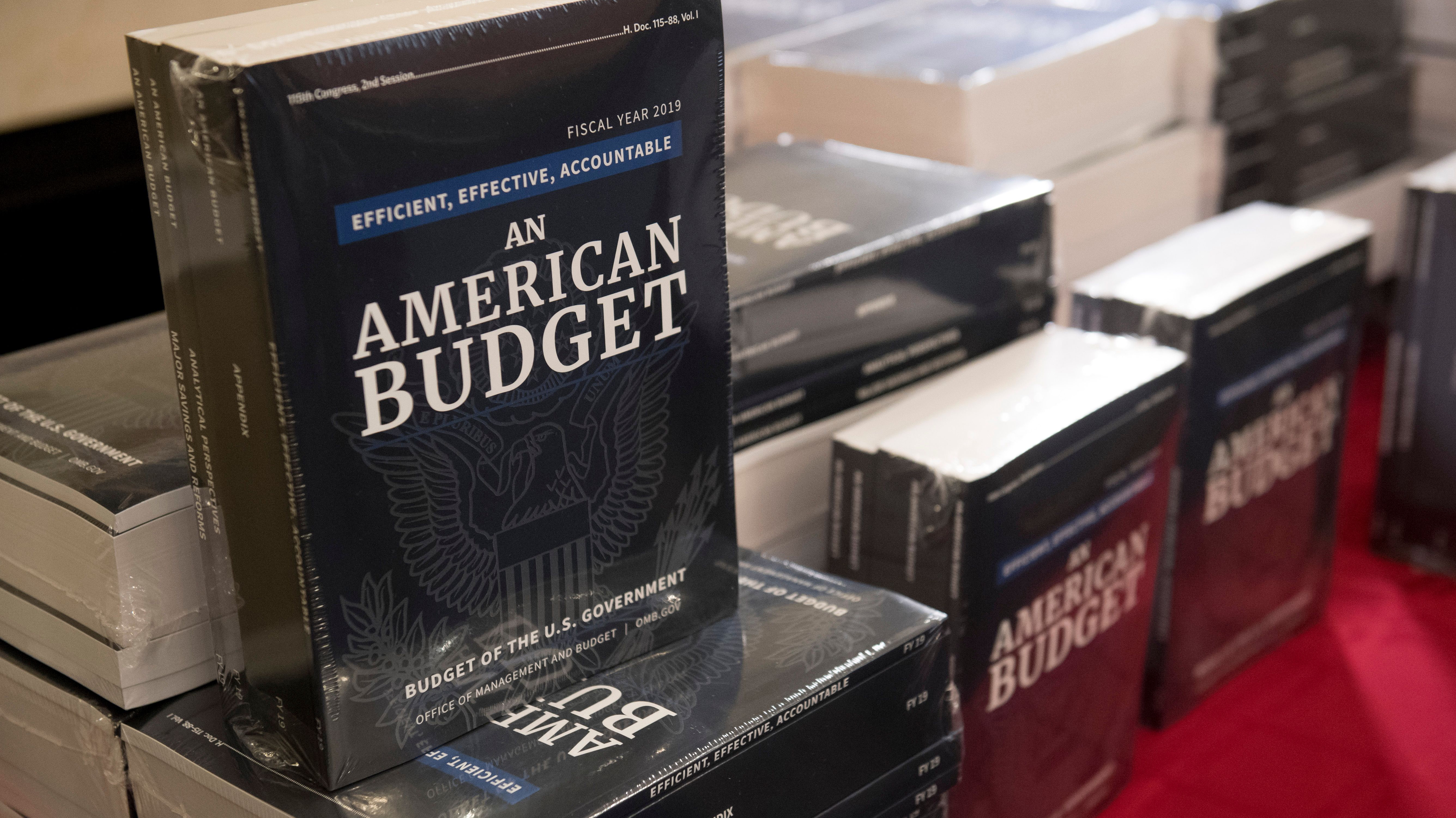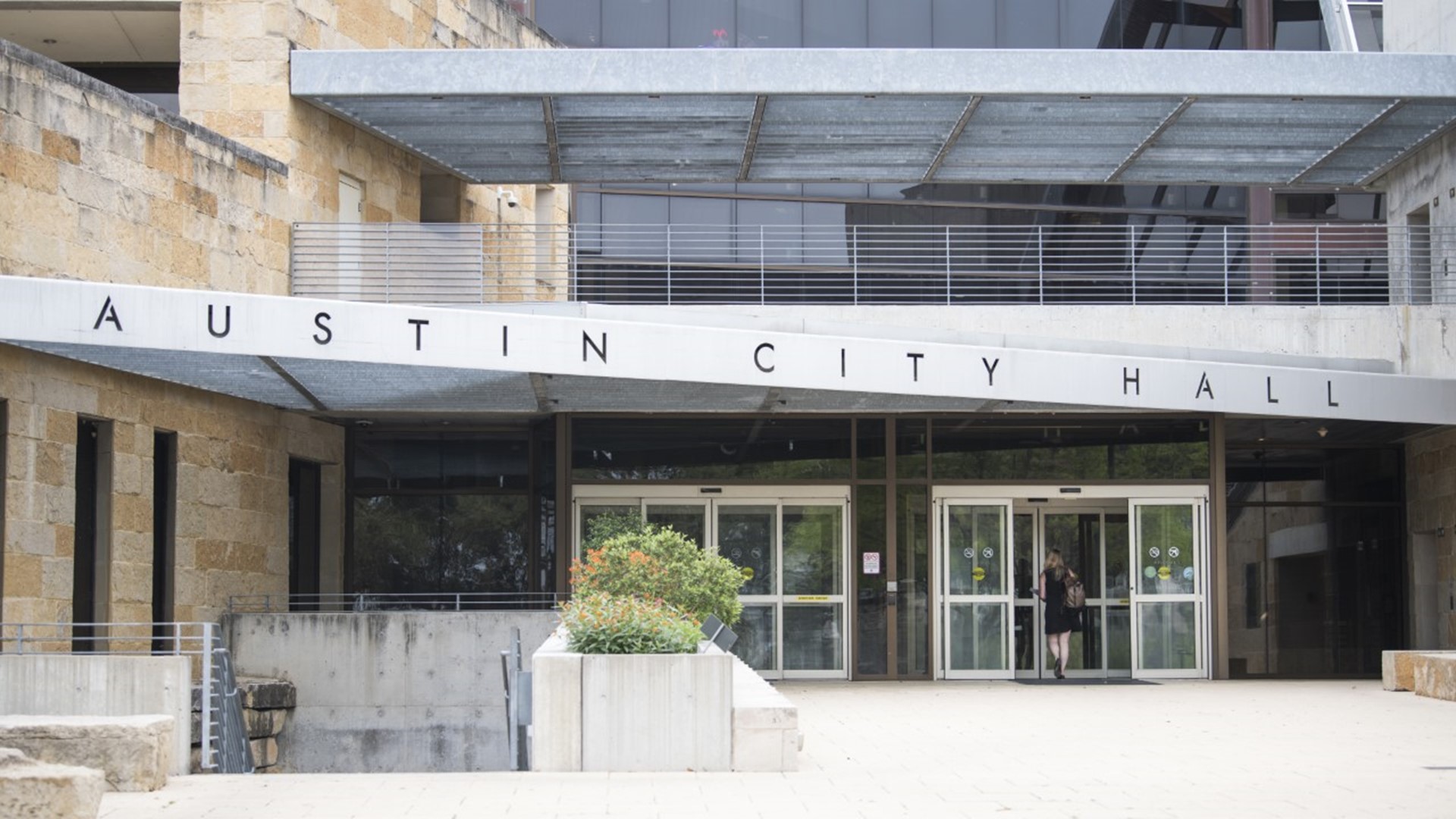In the just-released 2019 federal budget proposal from this week, the Trump Administration has suggested cutting aid to low-income families across the nation and making up the difference with a monthly box of food that White House budget director Mick Mulvaney described as being a sort of "Blue Apron" box for food stamp recipients.
Blue Apron is a premium meal ingredient kit-by-mail service that delivers pre-ordered ingredients to customers each week along with suggested recipes which are cooked by customers.

The budget includes the proposal as part of a complete revamp of the SNAP, or the Supplemental Nutrition Assistance Program, which now provides low-income families with electronic benefits that can be used to purchase groceries at authorized retailers.
The revised program would cut monthly benefits to about 16 million households, or about 81 percent of those receiving SNAP benefits, supplementing that with what Agriculture Secretary Sonny Perdue called the USDA America's Harvest Box.
According to the budget proposal, "households receiving $90 or more per month in SNAP benefits will receive a portion of their benefits in the form of a USDA Foods package, which would include items such as shelf-stable milk, ready to eat cereals, pasta, peanut butter, beans and canned fruit, vegetables, and meat, poultry or fish."

No fresh fruits or vegetables were listed among the items in the stable of foods that potentially would be sent to recipients, nor was there any indication of accommodations for health, cultural, religious or regional concerns.
According to the USDA, the amount of food received would be scaled to the overall household's SNAP allotment and ultimately represent about half of their SNAP benefits. The USDA claims the proposal would save $129.2 billion over the 10-year-period between fiscal years 2019 and 2028.
"It maintains the same level of food value as SNAP participants currently receive, provides states flexibility in administering the program, and is responsible to the taxpayers," Perdue said in a Department of Agriculture summary.
Organizations like Hosea Helps and the Atlanta Community Food Bank are paying close attention to the budget proposal. Food Bank officials don't think the SNAP Program deserves a dramatic change.
"And we're concerned about how that budget might threaten or weaken a really important program that helps provide food for families, kids and seniors," said Atlanta Community Food Bank president Kyle Waide.
Hosea Helps agrees. The non-profit has been a long-time Atlanta staple.
"There's some freedom in the current SNAP system: The ability to choose your diet. To change your diet," said Afemo Omilami of Hosea Helps. "People are going to feel the control. They're going to feel the preset boxes, the limited options."
The Trump Administration says this would be beneficial to the people it would impact across the nation.
"USDA America's Harvest Box is a bold, innovative approach to providing nutritious food to people who need assistance feeding themselves and their families -- and all of it home-grown by American farmers and producers," Perdue said.
The proposed transformation of the nation's food stamp program brings up logistical questions about distribution and transportation; recordkeeping and security.
"Many people are concerned about how this idea could be implemented," Waide said.
"How are those cities going to deliver food to rural America?" Omilami asked. "And how do you address issues of people that need food but don't have a residence?"
While many in the community ask questions about the possible revamp, the overall conversation is certainly far from being over.


